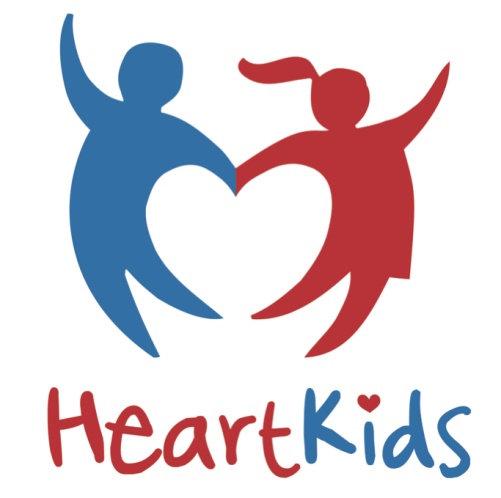Congenital heart defects
What are congenital heart defects?
Congenital heart defect (CHD) or congenital heart anomaly is a defect in the structure of the heart and great vessels that is present at birth. Many types of heart defects exist, ranging from very mild to severe.
How common are congenital heart defects?
Heart disease is the most common congenital abnormality in Australia. Approximately 1 in 100 babies born will have a congenital heart defect, which means approximately six babies are born with a heart defect every day in Australia Heart disease is the biggest killer of Australian kids under one. Each week 4 young lives are lost as a result of childhood heart disease.
However thanks to advances in medicine and surgery, the majority of children born with heart disease live productive lives well into adulthood. There is an increasing population of adults in Australia living with congenital heart disease that will exceed the number of children with congenital heart disease.
How are congenital heart defects diagnosed?
Doctors use a physical exam and special heart tests to diagnose congenital heart defects. They often find severe defects during pregnancy or soon after birth.
What are the symptoms of congenital heart defects?
Signs and symptoms of severe defects in newborns may include:
- Cyanosis - a bluish tint to the skin, lips, and fingernails
- Rapid breathing
- Poor blood circulation
- Poor feeding and weight gain
- A heart murmur.
Some congenital heart defects cause few or no obvious signs and symptoms. They are often not diagnosed until children are older.
How are congenital heart defects treated?
Many children with congenital heart defects don't need treatment, but others do. Treatment can include medicines, surgery and cardiac catheter procedures.
The treatment depends on the type of the defect, how severe it is, and a child's age, size, and general health.
Where to get help
Remember
- Congenital heart defect or congenital heart anomaly is a defect in the structure of the heart and great vessels that is present at birth.
Acknowledgements

This publication is provided for education and information purposes only. It is not a substitute for professional medical care. Information about a therapy, service, product or treatment does not imply endorsement and is not intended to replace advice from your healthcare professional. Readers should note that over time currency and completeness of the information may change. All users should seek advice from a qualified healthcare professional for a diagnosis and answers to their medical questions.